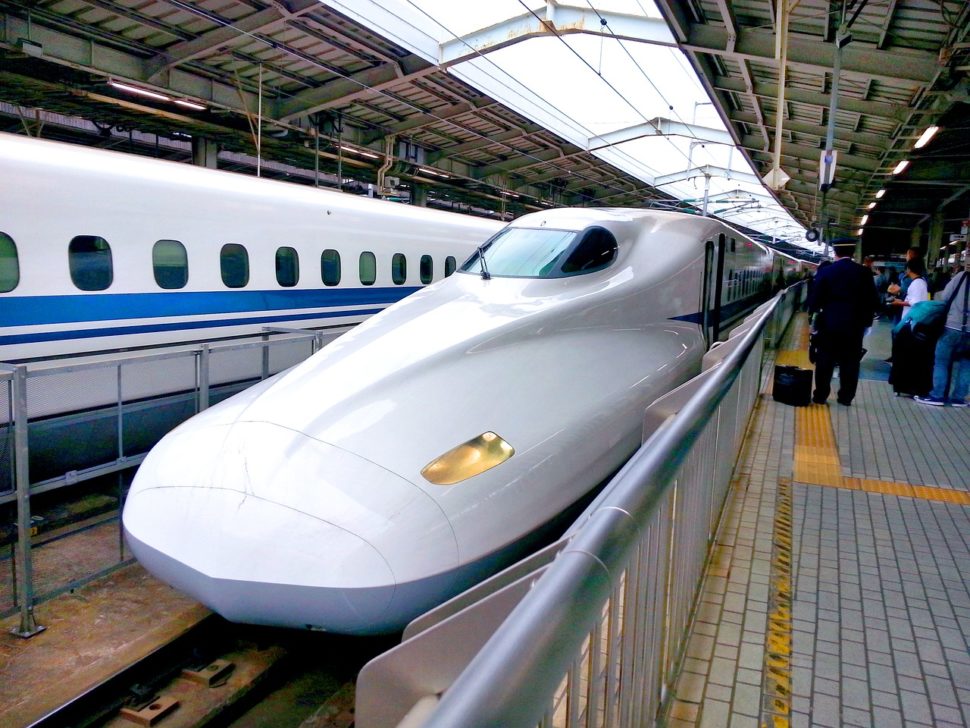With speeds reaching as high as 200mph, the high-speed bullet trains of Japan provide a unique experience to its passengers, especially the tourists. In fact, the country is famous for this fast means of transportation.
While it’s a relatively safe and efficient means of travel, two high-speed trains colliding would be disastrous. As such, users depend on a fixed block system which involves dividing the railway line into segments.
The operators then ensure that there’s always an empty block between two trains and no two trains are allowed to share a single block.
Although this approach reduces the chances of collision, it is inefficient. A considerable section of the railway remains unused at any given time. Now, researchers are proposing an innovative solution.
In a recent publication, Zongli Lin and his University of Virginia colleagues proposed an algorithmic framework for a new form of train cruise control.
Simply put, Lin developed a framework that enables efficient communication among autonomous trains.
Read More: World’s First Hydrogen-Powered Trains Launched in Germany
An Efficient Train-To-Train Communication System
Consistent range and reliability are a significant constraint in any proposed communication system between trains. In order to address this issue, Lin and his colleagues created a framework which involves each train communicating with the adjacent one.
Lin wrote in the paper:
“The control approach we proposed works much like the formation flight of a large flock of birds, where each bird most likely ‘communicates’ only with neighboring birds within its sensing range.”
With Lin’s train cruise control framework, the distance between trains, referred to as tracking interval, is neither too small nor too large. As such, it effectively prevents collision without underutilizing the railroad.
Lin and his team of researchers took the train cruise control a step further; they adapted it for independent cars of a single train. It’s essential for connecting cars of the train to maintain enough distance at high speeds.
Otherwise, they could overcompress or extend the couplers – the springlike mechanical devices that link the cars together.
Based on simulations, the approach is capable of increasing the amount of rail track that multiple trains use. That means, no over compression or extension of the couplers within a single train.
That said, the results are theoretical and only serve as proof of concept. Lin confessed that the framework did not consider several engineering constraints such as reliability of communication systems and communication latency.
However, the researchers intend to address these challenges in their upcoming control designs.


















Comments (0)
Most Recent